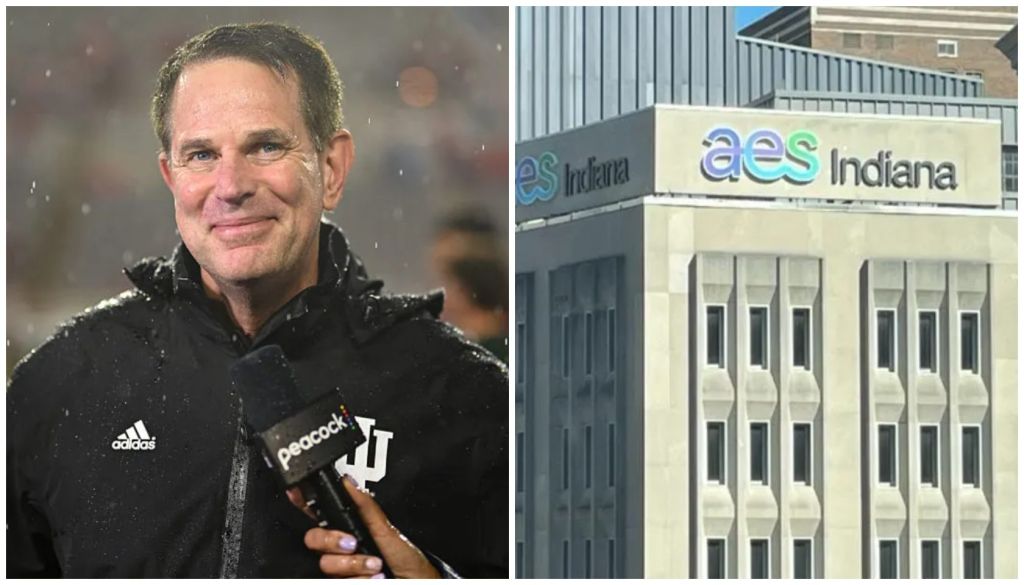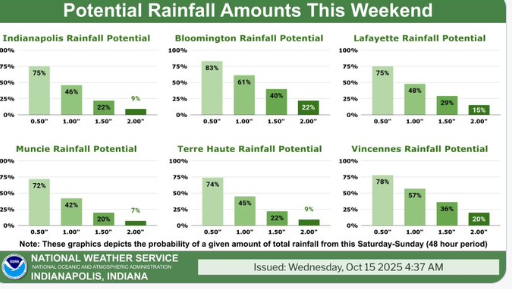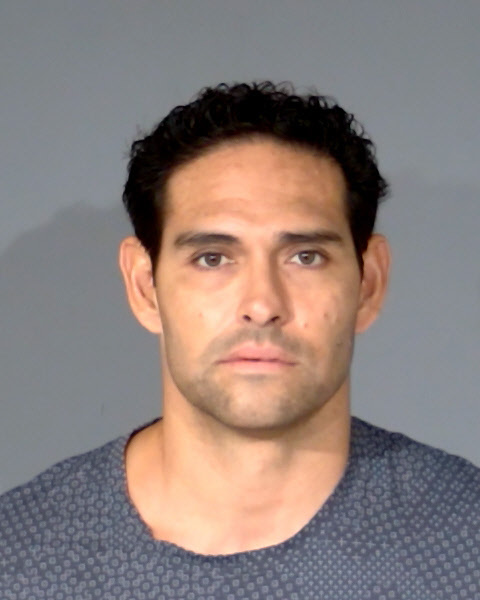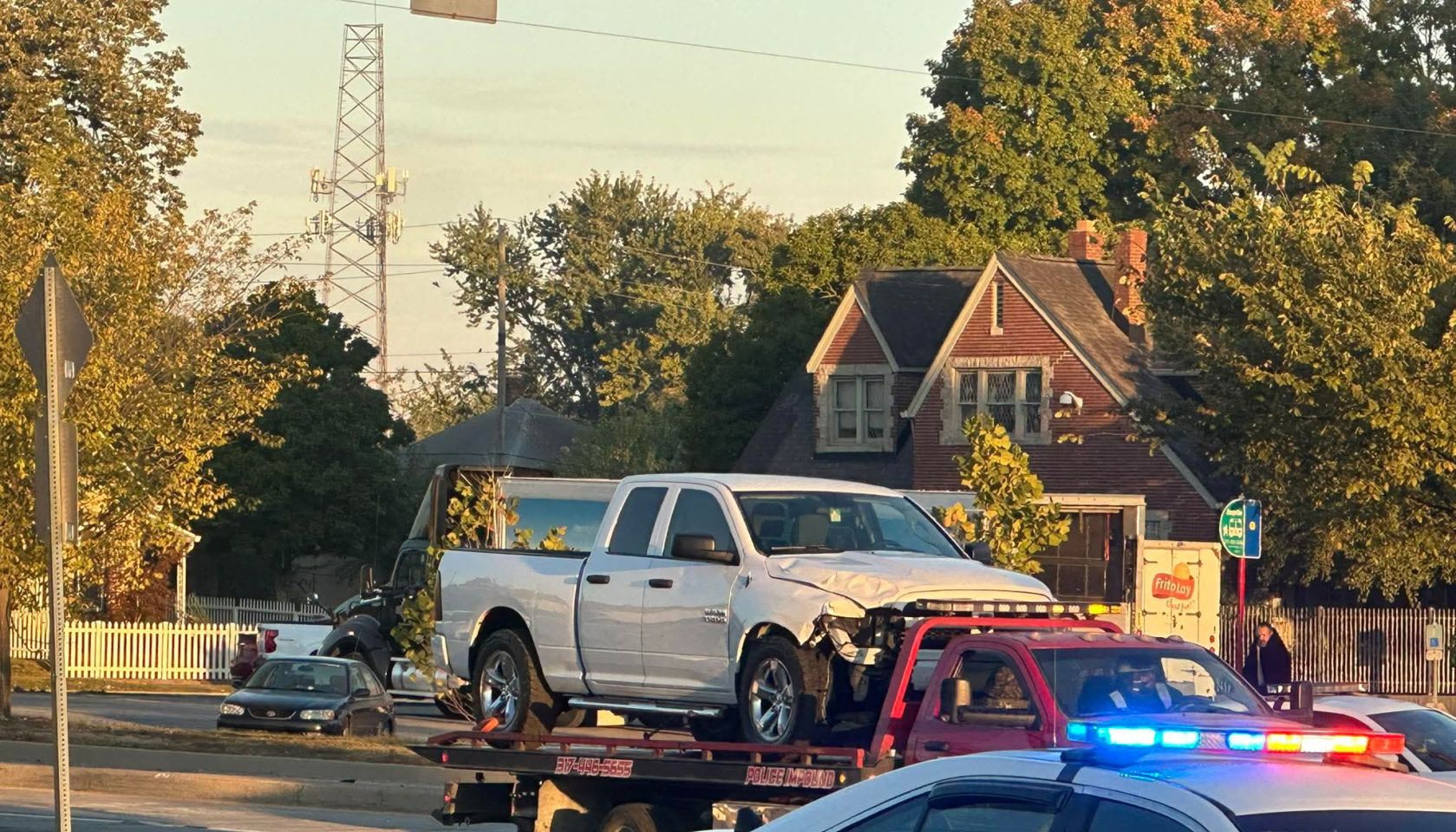Gerry Dick Discusses IU Football’s Rise And AES Rate Increases...
Gerry Dick Discusses IU Football’s Rise And AES Rate Increases On Tony Katz Show

Gerry Dick Discusses IU Football’s Rise and AES Rate Increases on Tony Katz Show
Gerry Dick of Inside Indiana Business joined Tony Katz on Tony Katz and the Morning News to discuss two major topics impacting Indiana: IU football’s meteoric rise under head coach Curt Cignetti and the looming AES rate increases affecting consumers and businesses.
The conversation began with IU football’s historic success.
Following another win, the Hoosiers are now ranked No. 2 in the nation, a feat that has electrified Bloomington and the state.
Dick highlighted the significance of Cignetti’s recent contract extension, which locks him in through 2033 with a staggering $93 million deal, making him the third highest-paid college football coach in the country.
“This is a statement move,” Dick explained, noting how IU’s leadership is capitalizing on the program’s momentum.
Increased attendance, merchandise sales, and tourism have all contributed to the program’s economic impact, with Bloomington even exploring a potential stadium district to further leverage the team’s success.
The discussion then shifted to AES Indiana’s proposed rate increases and their implications.
Dick emphasized the growing concerns from both consumers and businesses as energy costs continue to rise.
While data centers and other developments are driving demand, the question of who bears the financial burden remains contentious.
“Energy costs are a big piece of doing business,” Dick noted, adding that Indiana’s competitiveness with neighboring states could be impacted if rates climb too high.
He also pointed out the delicate balance between supporting economic development and ensuring affordability for residents.
From IU football’s unprecedented rise to the challenges of managing energy costs, the segment underscored the dynamic issues shaping Indiana’s future.
As Dick aptly put it, “These are pivotal moments for both the state’s economy and its identity.”
listen to the full conversation below.











